About MacroMENA
The empowerME Initiative’s MacroMENA promotes research and contributes to public policy formulation in the area of economic growth in the Middle East and North Africa (MENA) region, with a focus on sustainability, inclusivity, and gender equality. We work closely with multiple teams across the Atlantic Council, and collaborate with various international organizations to shed light on the economies of the MENA region and propose targeted policy solutions amidst the highly volatile and fast-changing global economy.
Our pillars of work
Featured analysis and in-depth reports
empowerME at COP28
Live from Dubai during COP28 this past December 2023, view our two marquee events on the fundamental challenges must be addressed to truly unlock the renewable energy potential for the Middle East, North, and Sub-Saharan Africa regions.
Unleashing the green energy potential in the Middle East, North, and Sub-Saharan Africa (SSA)
Mobilizing private capital & enhancing innovation capabilities in the renewables sector of the Middle East and North Africa region
empowerME at IMF/WB Meetings
Live from Marrakesh during the IMF/WB Annual Meetings this past October 2023, view our two marquee events that discuss the economic outlook for the Middle East and North Africa regions:
A conversation with Morocco’s Nadia Fettah Alaoui & Citi’s Ebru Pakcan
A conversation with the World Bank’s Roberta Gatti
MENA Monitors: Oil & Foreign Exchange
We are starting to monitor to the fluctuations in the oil and foreign exchange markets in key MENA countries, considering the escalating geopolitical crisis in the region, in addition to the existing economic crises.
Oil price update: On May 5, 2025, oil prices fell to their lowest levels in over four years, driven by OPEC+’s decision to accelerate output increases amid uncertain global demand. Brent crude futures settled at $59.51 per barrel, down $1.06 (1.7%), while U.S. West Texas Intermediate (WTI) crude closed at $57.13, a decrease of $1.16 (2%). The price decline followed OPEC+’s announcement to boost production by 411,000 barrels per day in July, marking the third consecutive monthly increase. This move is part of a broader strategy to unwind previous output cuts and regain market share. However, on May 13, 2025, oil prices rebounded due to a temporary reduction in U.S.-China tariffs and a better-than-expected inflation report. Brent crude rose to $66.63 per barrel, up $1.67 (2.57%), while WTI increased to $63.67, gaining $1.72 (2.78%).
Sources: Official Egypt exchange rate; Parallel Market Rate
Foreign exchange update: In May 2025, the Egyptian pound (EGP) appreciated against the U.S. dollar, with the exchange rate falling below EGP 50 per USD for the first time since December. This strengthening is attributed to increased foreign capital inflows, particularly into high-yield government debt instruments. The Egyptian Stock Exchange (EGX) also experienced significant activity, with net inflows of $268 million between May 18 and May 20, including $173 million from foreign and Arab investors on May 20 alone. To manage the volatility associated with speculative capital, the Egyptian government plans to establish a dedicated fund to separate these inflows from official liquidity reserves.
Events
Staff
Fellows
Stay Connected
Sign up for the empowerME monthly newsletter
Sign up here to learn more and receive the latest updates on empowerME events, publications, and podcast.
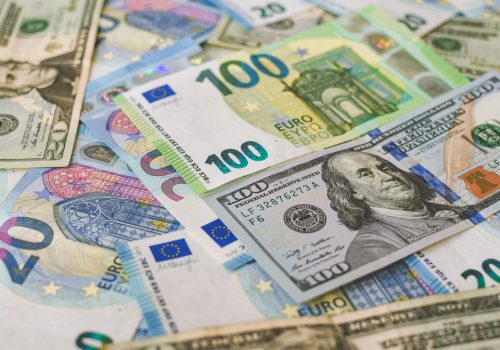



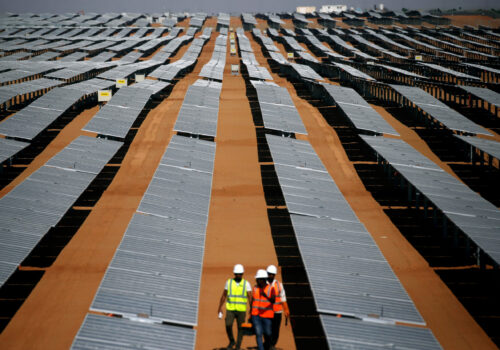
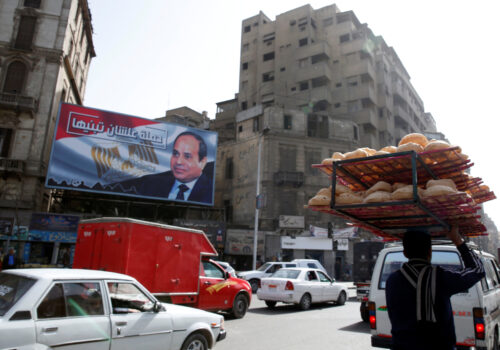
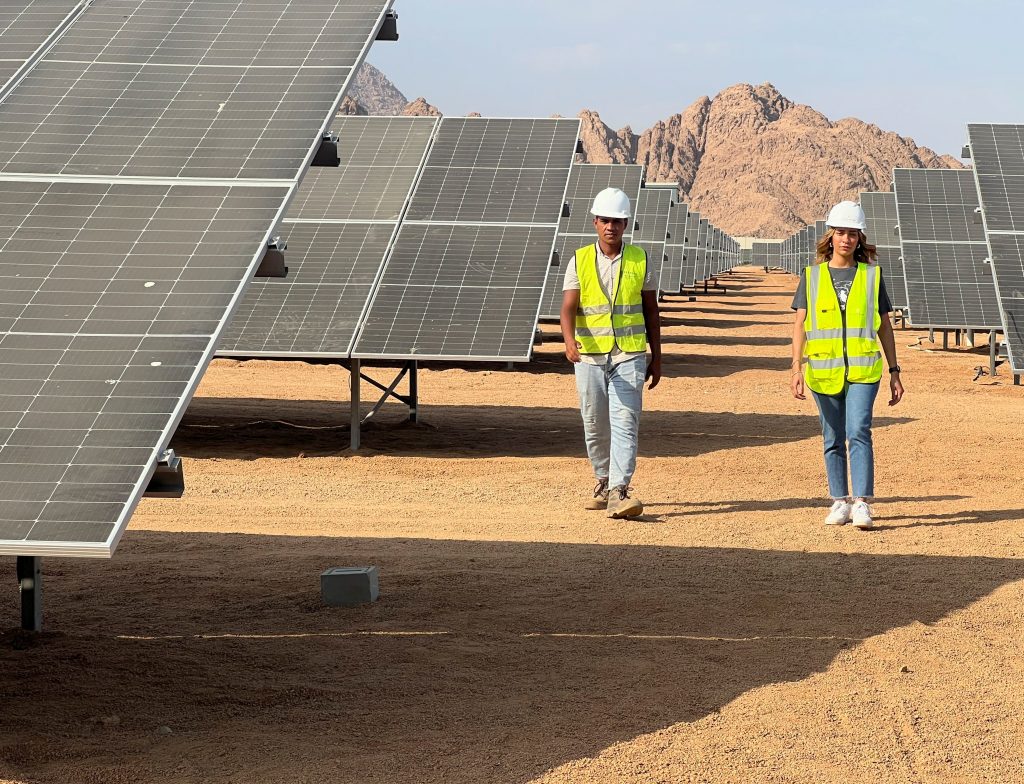
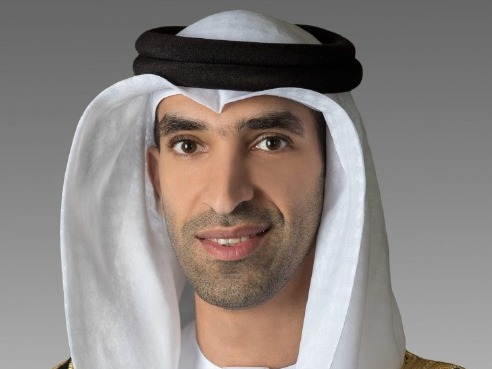
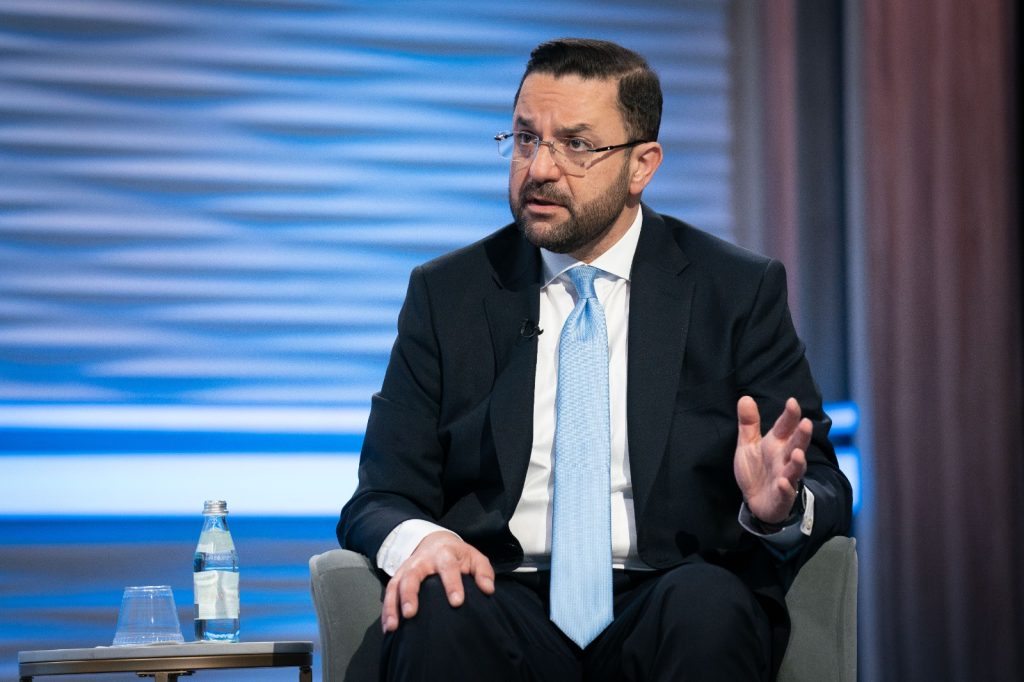
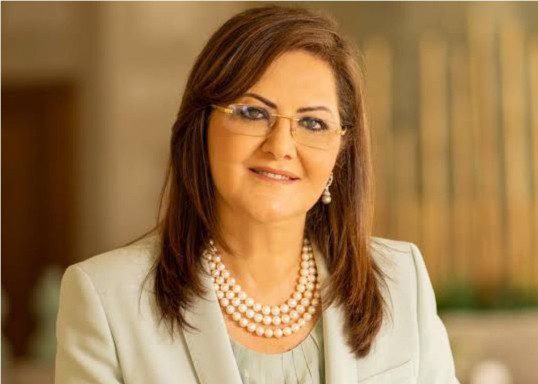

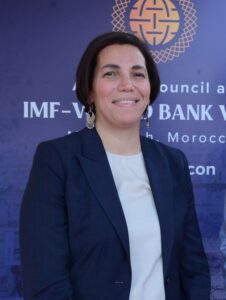





Follow us on social media